#Ortho Ceratite
Photo


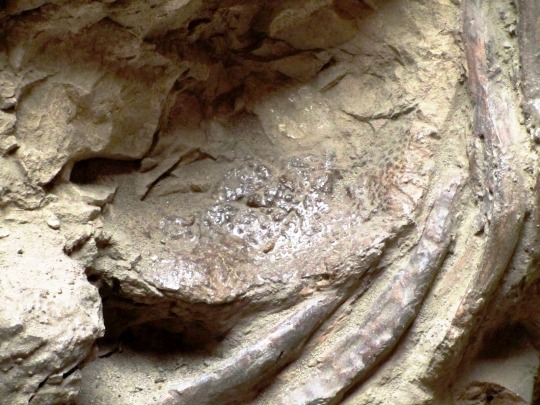
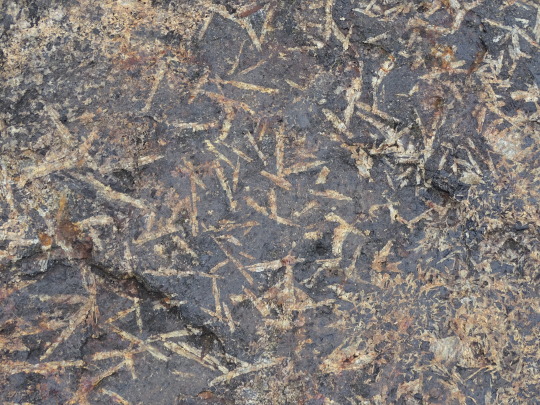



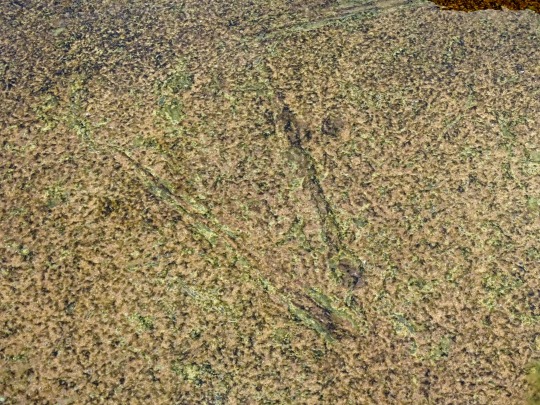

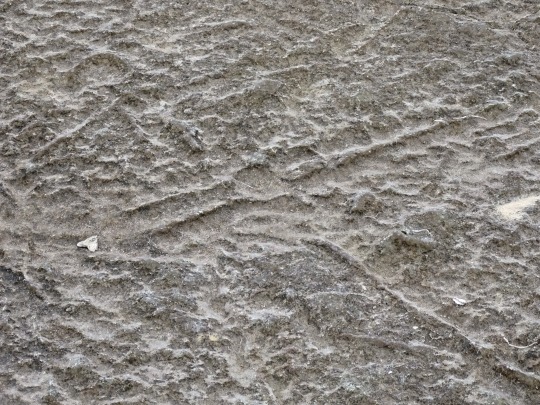
National Fossil Day
Fossils aren’t just interesting and fun to look at — they’re also proof of the existence of once-living things (like dinosaurs, animals, plants and even DNA remnants). Through these fossils we’re able to learn a lot about life from billions of years ago. We can even take a look at animals and life-forms that are no longer on the planet! These fossils (and the education around them) deserve to be preserved and explored. That’s why we celebrate National Fossil Day annually on the Wednesday of the second full week in October, with this year’s celebration being held on October 12. Show some appreciation for these incredible “time capsules” and the paleontologists who excavate them.
National Fossil Day timeline
1840s - 1850s Researchers discovered the Neanderthal
Ancient human fossils were unearthed for the first time, proving the existence of the Neanderthal.
1902 Proof of T-Rex
Researchers uncovered the first Tyrannosaurus Rex remains.
1974 Lucy was born
Scientists found fossils of a 3.5 million-year-old female hominin (an extinct human species) and named her “Lucy.”
How to Observe National Fossil Day
Hug a paleontologist
Check out local events
Visit Your Nearest National Park
Paleontologists are pretty incredible people. They go through lots of schooling and training to be able to study the fossils of all kinds of organisms. It’s because of them that we know a lot about the last few billion years of our planet’s history. Show your appreciation by giving them a hug, and asking them to tell you more!
Every year, the National Park Service partners with various organizations, universities, museums and more to celebrate National Fossil Day. Through field trips, classroom instruction and outdoor activities, they’re spreading awareness about this important holiday.
Many national parks are passionate about introducing future generations to the science behind fossils and paleontology. These may include anything from scavenger hunts, to multi-day ranger-led activities. Visit your nearest national park and discover all there is to know about this fascinating science!
4 Fun Fossil Facts
They’re insanely valuable
They can be enormous
Anything can be fossilized
They’re ridiculously old
The highest amount ever paid for a dinosaur fossil was $8.3 million (they named it “Sue”).
The largest intact fossil ever discovered was a whopping 4 square miles!
The smallest fossil on record was just 2/10 of a millimeter (it was of a 50-million-year-old parasite).
Next time you're feeling old, just remember some fossils date back to 4.1 billion years.
Why National Fossil Day is Important
We can learn about our planet
We can understand the progression of time
We can look toward the future
A fossil is evidence of past life that’s been preserved in rock. This helps us discover all kinds of shells, plants, animals, and more that existed long before our time. This information helps us understand what was happening during each part of our planet’s history.
By looking at fossils, researchers have been able to understand how and when organisms appeared and disappeared throughout the passage of time. This is how they’ve been able to divide up the events in our planet’s history into different periods.
Each fossil tells a story of the organism it encapsulates, and the details of when it was on the earth. By examining fossils, we can use these stories to help inform us about the future, and how environmental factors (as well as man-made ones) will help influence our planet for future generations.
Source
#Sweden#Byrums Raukar#Neptune's fields#Baltic Sea#Öland#Canada#summer 2020#2012#Dinosaur Provincial Park#Alberta#Rotsidan#Ortho Ceratite#Orthoceras#geology#tourist attraction#landmark#vacation#travel#original photography#Corythosaurus#National Fossil Day#12 October 2022#Wednesday of the second full week in October#NationalFossilDay#paleontology
0 notes
Photo


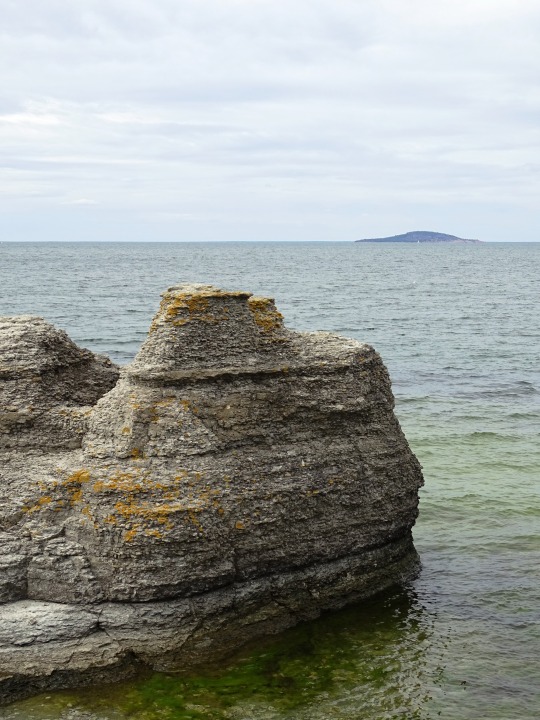
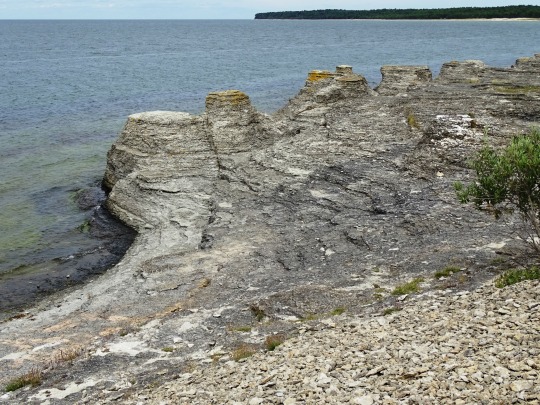

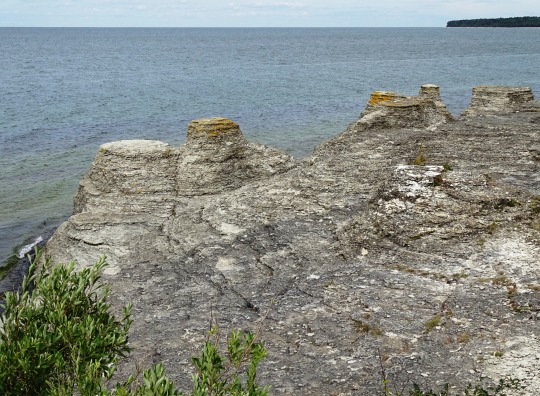

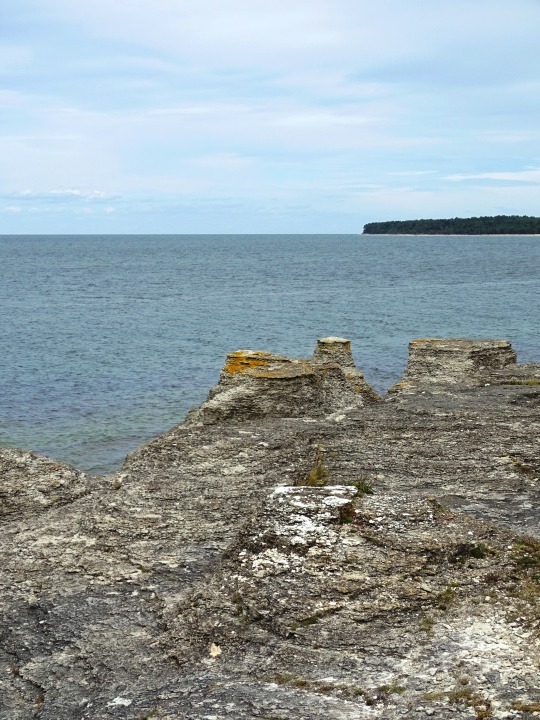

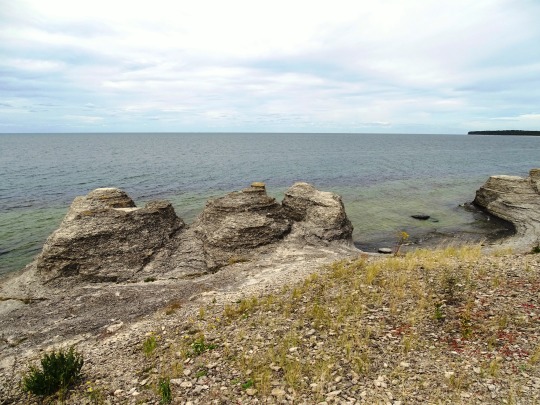
Byrums Raukar, Sweden (No. 7)
Due to different clay mineral content, the hardness of the limestone varies. The rauks at Byrum have been formed when looser limestone was eroded away by the influence of the waves and left stone pillars of harder limestone. The area by Byrum is rich in fossils. Fossils are dead prehistoric animals that have sunk to the seabed and are embedded in sediments. The sediments have for a long time been compressed into a rock, in which the shapes of the animals have been preserved. At Byrum, fossils of the trilobite genus Asaphus occur, so abundant that it has been given the name of a layer in the limestone.
Keep in mind that it is not allowed according to Allemansrätten to knock fossils loose from blocks or bedrock. It is prohibited by law. Loose fossils and rocks are part of the land and belong to the landowner. Individual memorial stones or fossil fragments that have no economic value are allowed to be taken home.
Source
#Ortho Ceratite#Byrums Raukar#chalkstone pillar#lichen#fossil#shore#coast#Öland#Kalmar County#Kalmar Strait#Kalmarsund#Baltic Sea#shingle beach#rocky beach#pebble beach#geology#summer 2020#vacation#island#Sweden#Sverige#Scandinavia#Northern Europe#tourist attraction#landmark#original photography#landscape#countryside#seascape#Blå Jungfrun
0 notes
Photo



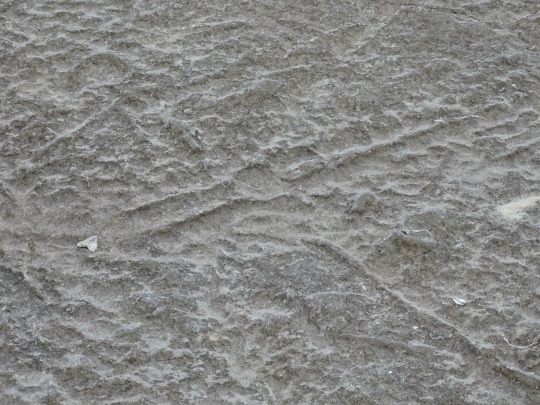






National Fossil Day
National Fossil Day is observed annually on Wednesday of the second full week in October.
National Fossil Day was established to promote the scientific and educational values of fossils. This nationwide celebration was first held on October 13, 2010, during Earth Science Week. The National Park Service and over 270 partners, including museums, institutions, organizations and other groups hosted events across the United States allowing the public opportunities to learn more about the world’s fossil heritage.
National Fossil Day 2011 was observed on October 12, 2011, with events at museums, parks, universities and non-profit organizations.
National Fossil Day 2012 was celebrated on October 17, 2012. The National Fossil Day Celebration on the National Mall in Washington, D.C. was the kick-off event.
The 2013 National Fossil Day was celebrated on October 16, 2013.
Each year a new National Fossil Day logo is created depicting a prehistoric organism. The logos help to promote National Fossil Day and provide educational opportunities to share more information about fossils. The original National Fossil Day logo was created in 2010 and featured a fossil mammal known as the titanothere. In 2011, the marine reptile known as the mosasaur was used in the National Fossil Day logo. During 2012, the mammoth was featured in the annual logo. For 2013, a Paleozoic invertebrate known as the eurypterid is highlighted in the annual logo.
Each year a new National Fossil Day logo is created and is unveiled in mid-January on the event website. The new logo will highlight another interesting story related to the fossil record of life.
The 2015 National Fossil Day artwork featured prehistoric mammal known as a chalicothere depicted in a Miocene prairie grassland. In 2016, the National Fossil Day artwork features a saber-toothed cat, long-horned bison, and a condor – all Pleistocene (ice age) animals.
Source
#National Fossil Day#Wednesday of the second full week in October#Alberta#13 October 2021#Dinosaur Provincial Park#Canada#summer 2012#travel#NationalFossilDay#Ortho Ceratite#Öland#Byrums Raukar#geology#Baltic Sea#2020#original photography#Kalmar County#Sweden#Sverige#tourist attraction#landmark#Orthoceras#Neptune’s Fields#Neptuni åkrar#Corythosaurus#Rotsidan#nature
0 notes